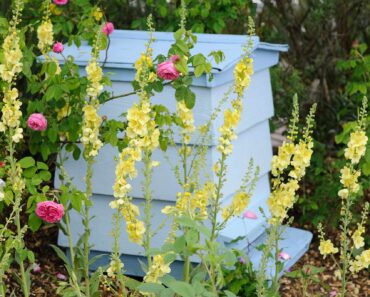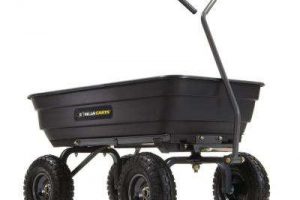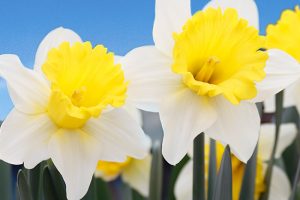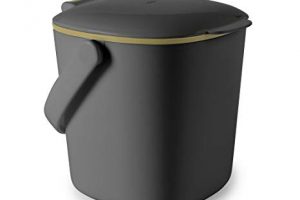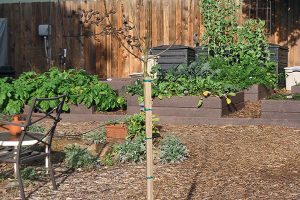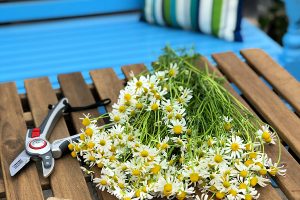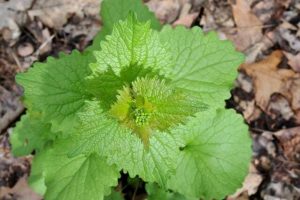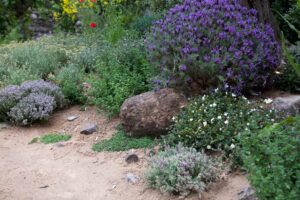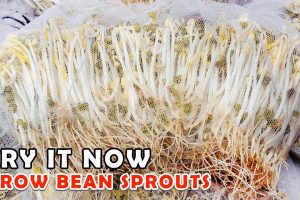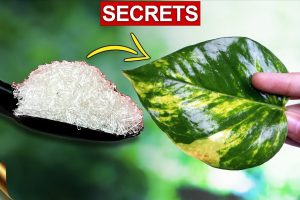
The ashy mining bee is a solitary, ground-nesting bee, roughly the size of a honeybee. Females are blue-black with two ash-grey hair bands on the thorax, and ash-grey hairs on the face. Males are smaller and slimmer and have more grey hairs across their thorax, face and sometimes the abdomen. They also have long antennae.
Flying from March to June, they feed on a variety of flowers such as willow, blackthorn, and dandelions, and are an important pollinator of oil seed rape.
After mating, the females burrow into bare ground or ground with short vegetation such as a well-clipped lawn. Despite being ‘solitary’, they often nest together in large aggregations. Their burrowing activity creates volcano-like mounds around the nests which, together with the number of females nesting close together, can make nests quite conspicuous.
Each ashy mining bee nest has several cells, into which the female lays one egg on a ‘cake’ of pollen and nectar. The eggs hatch into grubs which eat the store of pollen and nectar and then pupate and emerge as an adult the following spring.
How to help ashy mining bees
Like all bees, the ashy mining bee feeds on flowers, so ensure you have plenty in bloom in early spring. Typically, they feed from spring flowering plants such as buttercup, hawthorn, blackthorn, gorse and fruit trees, but they will visit other spring-flowering plants, too.
If you’re lucky enough to have ashy mining bees nesting in your lawn and borders then be kind – avoid mowing the lawn and avoid digging over your borders during the short time they are nesting – usually about three weeks. As soon as they have stopped nesting you can resume your gardening but do try not to dig too deep in your borders as you may unearth some unsuspecting bee grubs! They will remain there throughout the year and emerge the following spring to mate and lay eggs again. What a treat to have this going on in your garden!


